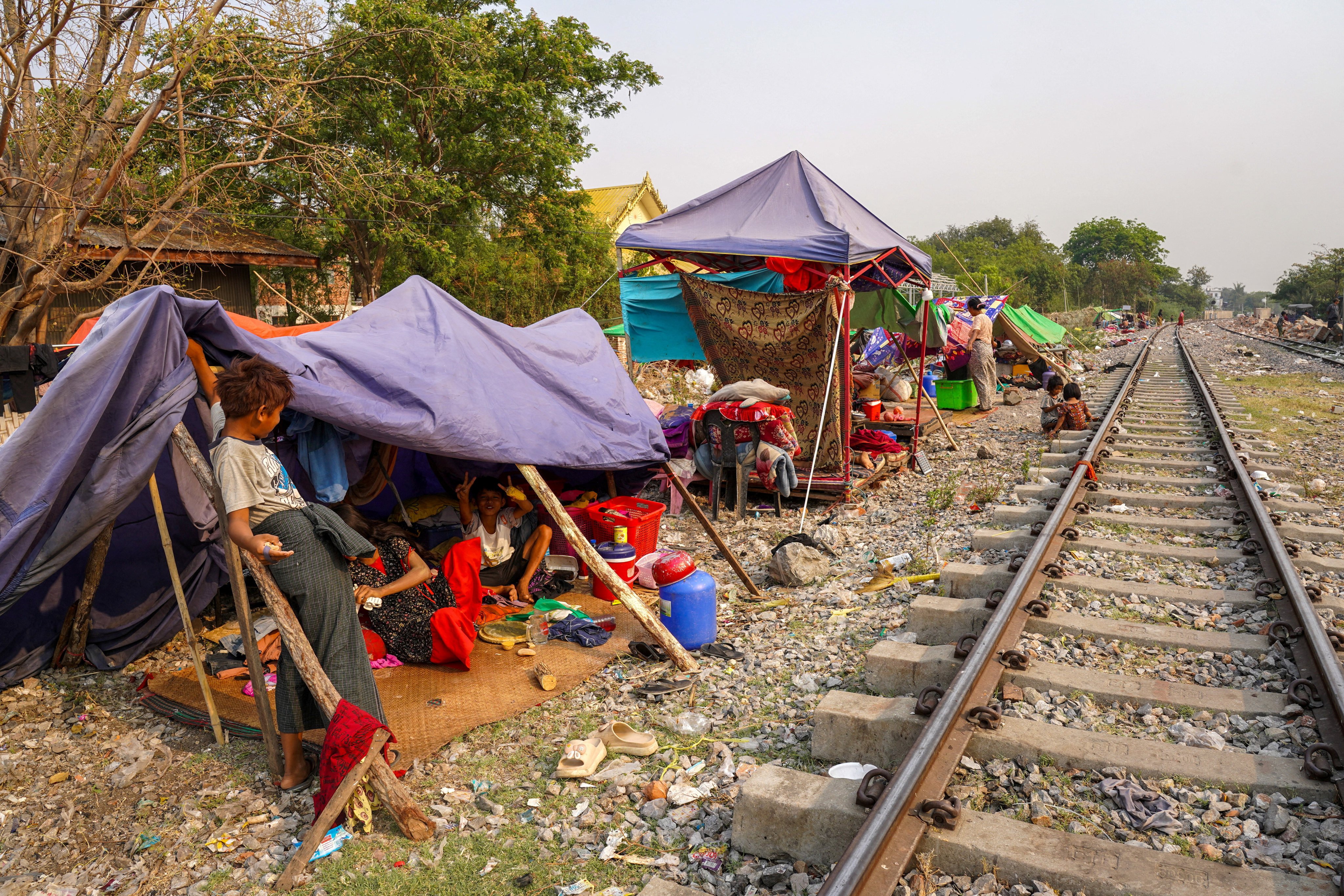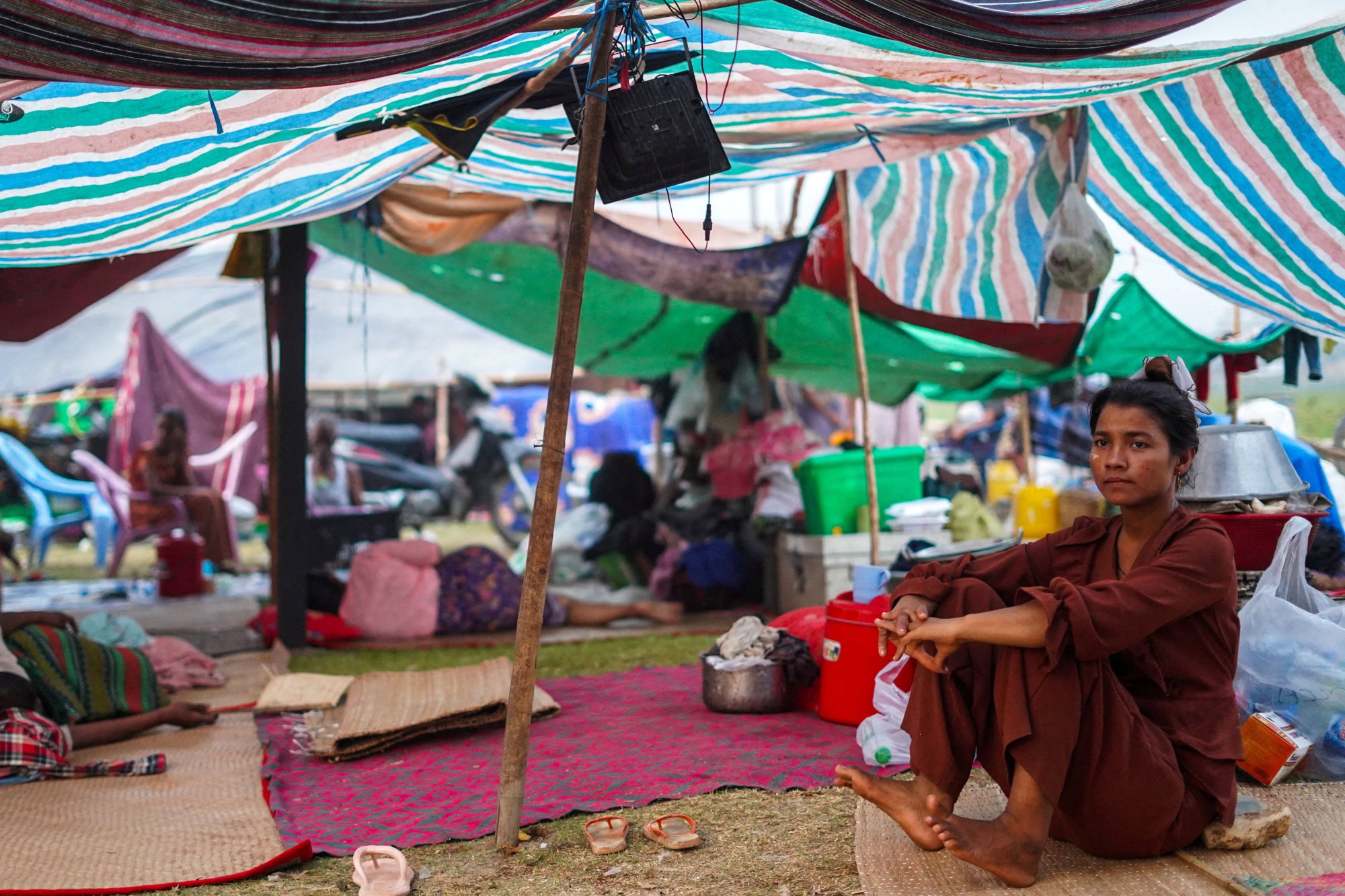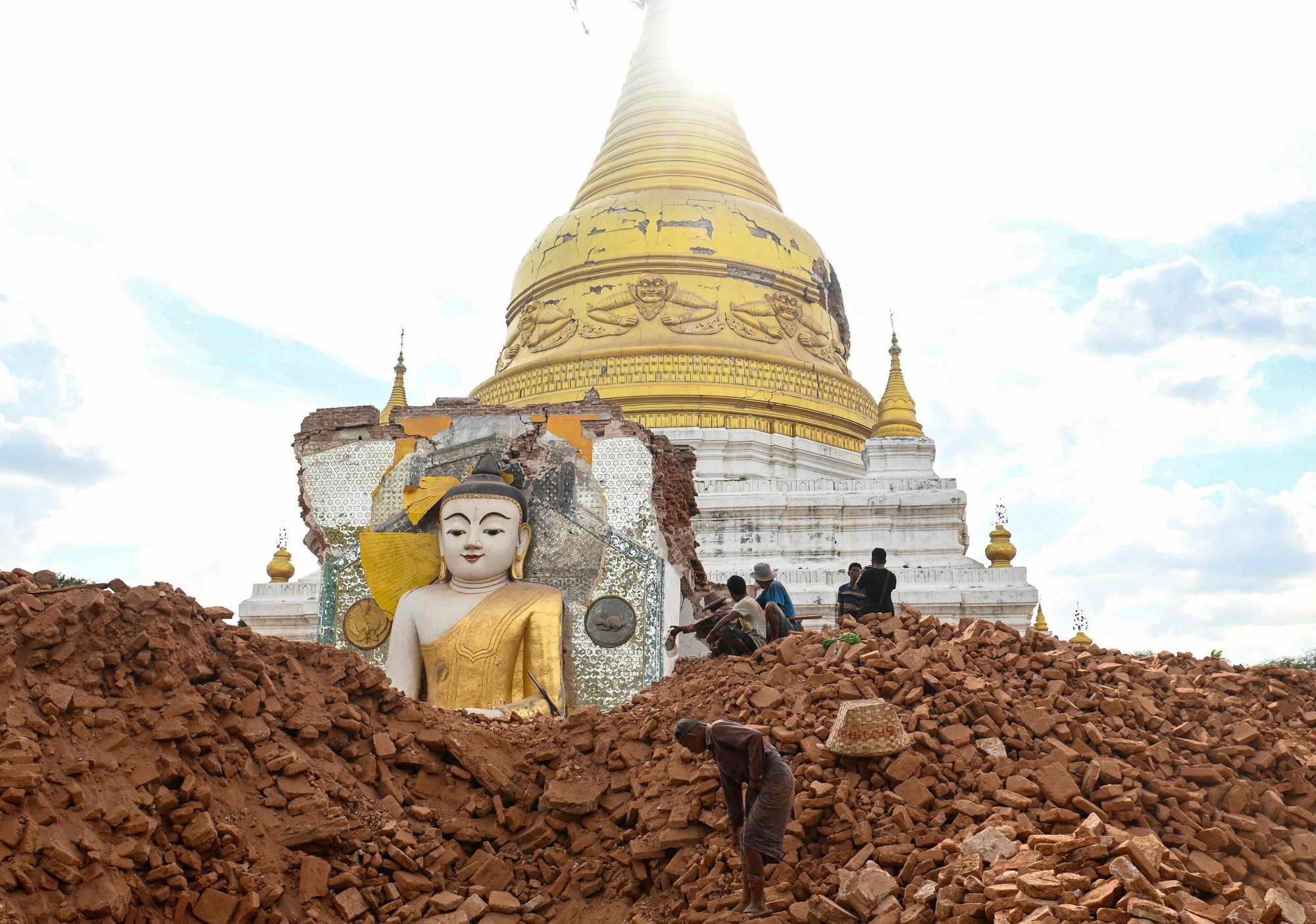Myanmar quake relief hindered by air strikes, UN funding shortfall: ‘junta is in the way’
Myanmar’s junta is conducting air strikes after a deadly earthquake, despite a ceasefire, while a US$275 million UN aid appeal has received only US$34 million

Air strikes by Myanmar’s junta have cast doubt on the viability of extending the ceasefire until the end of May to allow relief to reach tens of thousands of people displaced by the 7.7 magnitude earthquake on March 28, as the UN warned a tiny fraction of the needed emergency relief funds have been received.
Official reports indicate the disaster has killed 3,700 people, with an additional 500 still missing. But the true toll is likely higher, with hundreds – possibly thousands more – feared buried beneath buildings that toppled in seconds under the ferocity of the seismic shock.
Despite the scale of the crisis, international attention has shifted away from Myanmar, a country where millions relied on food aid even before the earthquake.
The UN has received only US$34 million of the US$275 million needed for immediate relief for tens of thousands of people, with the US, the world’s richest nation, contributing just US$9 million as it reduces its global humanitarian role.
UN said agencies have provided water, sanitation, and hygiene services to around 600,000 people, while nearly 500,000 have received food assistance and over 100,000 have been offered emergency shelter.

But as monsoon rains lash the region, more misery lies ahead for its luckless people. The UN warns rice and vegetable supplies could be disrupted in the coming weeks, while diseases remain an ever-present risk for those living in tents.
In the meantime, Myanmar civil society groups have tried to mobilise to support stricken communities, despite junta restrictions and roadblocks, especially around Sagaing, an area marked by intense resistance to military rule.
At a Bangkok fundraiser held by Platform 36 – a collection of Myanmar media workers – organisers voiced concerns that the media news cycle had shifted its attention away from the earthquake, leaving hundreds of thousands of people in need of funds while the junta continued air strikes in the affected areas.
“They are living in fear from the sky and from the ground,” said Rosalia Sciortino Sumaryono, founder of SEA Junction, a non-profit with a Myanmar focus, which is hosting a photo exhibition in Bangkok called 7.7 MMERQK: Capturing Myanmar’s Unheeded Cry.
“The people have not received much help and the junta is in the way … so we are raising funding to support civil society groups on the ground, giving directly and not going through official channels.”
Buddhist temples, schools and homes were levelled across Naypyidaw, Mandalay and Sagaing, the latter an area wracked by fighting between pro-democracy rebels and a military which seized power in a 2021 coup.
That has led to reports of aid being denied or selectively administered to townships seen as pro-junta.
The junta has gradually lost territory across the nation, with its forces driven back in border regions and constrained primarily to the centre of the country, thus relying on air strikes to assert their dominance.
But it remains in nominal control and is still led by Commander in chief Min Aung Hlaing, who is currently in Moscow to attend Russia’s Victory Day parade. Russia is a key ally of the isolated junta, providing weapons and jets for its war against the Myanmar people.

In the days following the earthquake, the junta declared a truce, matching a pledge by several ethnic armed organisations to suspend fighting to focus on quake relief. The junta this week said it will extend that truce until May 31, according to state media.
But the UN High Commissioner for Human Rights Volker Türk has said the ceasefire has been flouted by at least 171 air strikes, some targeting the quake-hit area.
“It is imperative that the military immediately stop all attacks on civilians and civilian objects,” he said in a statement last Friday.
“Instead of further futile investment in military force, the focus must be on the restoration of democracy and the rule of law in Myanmar.”